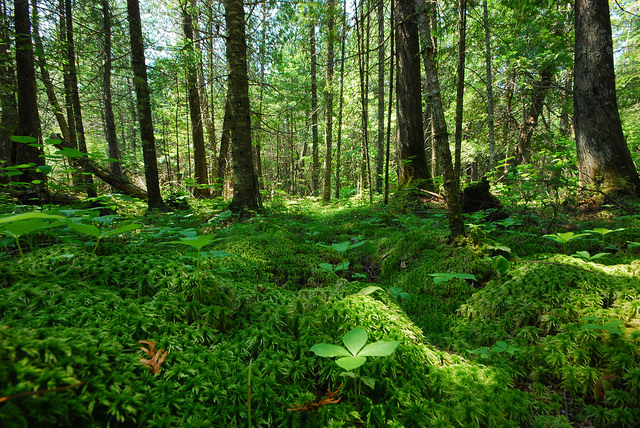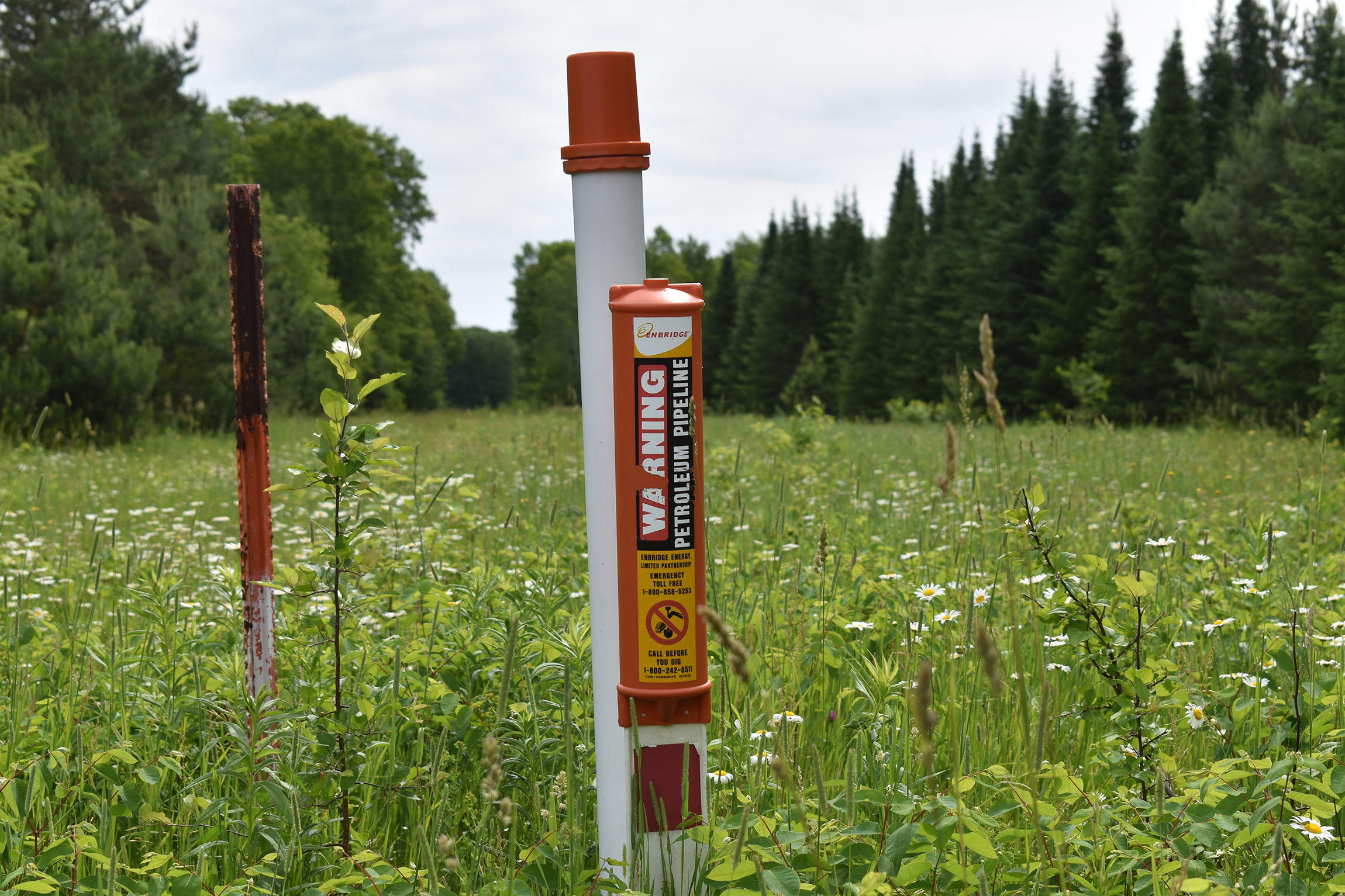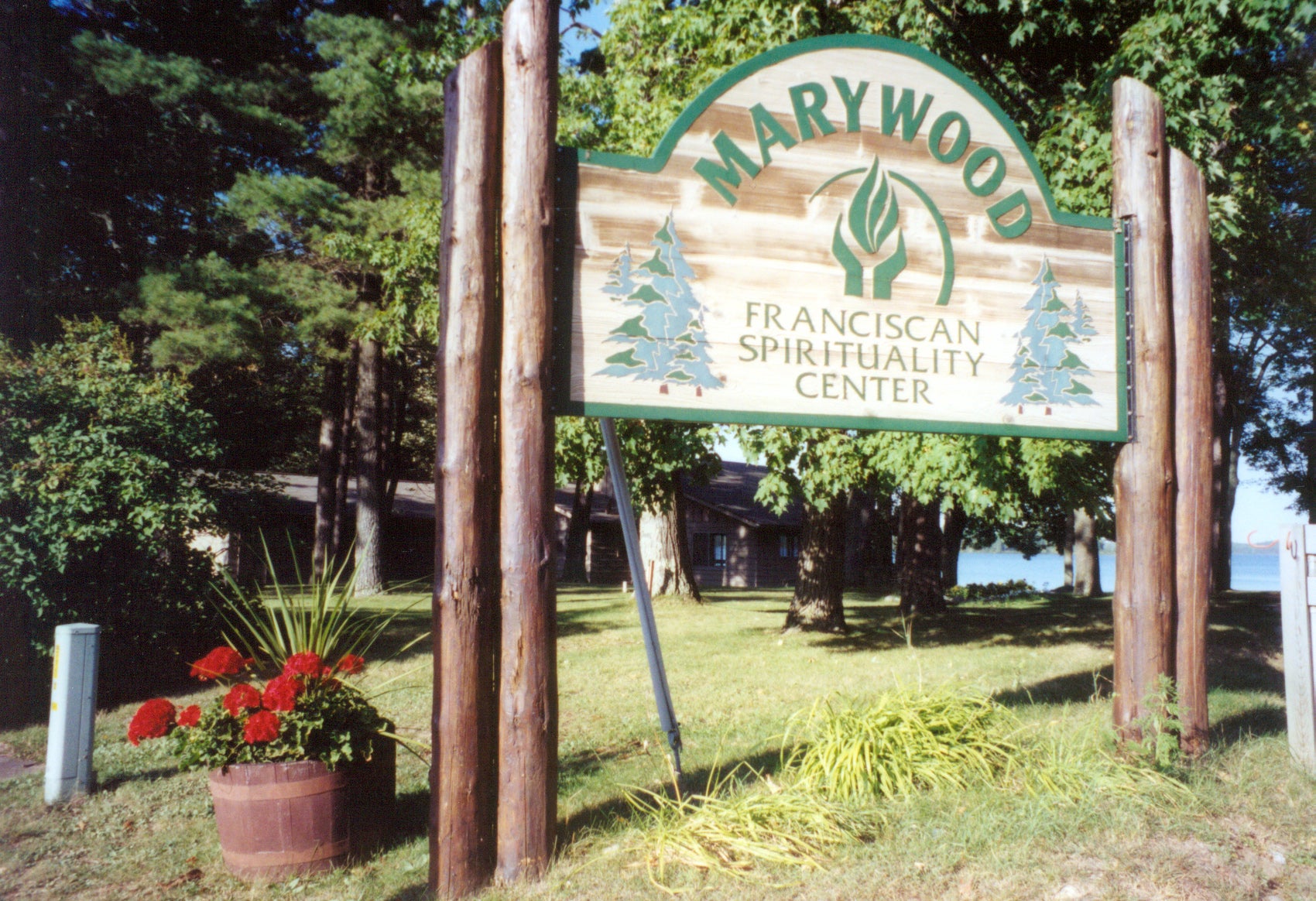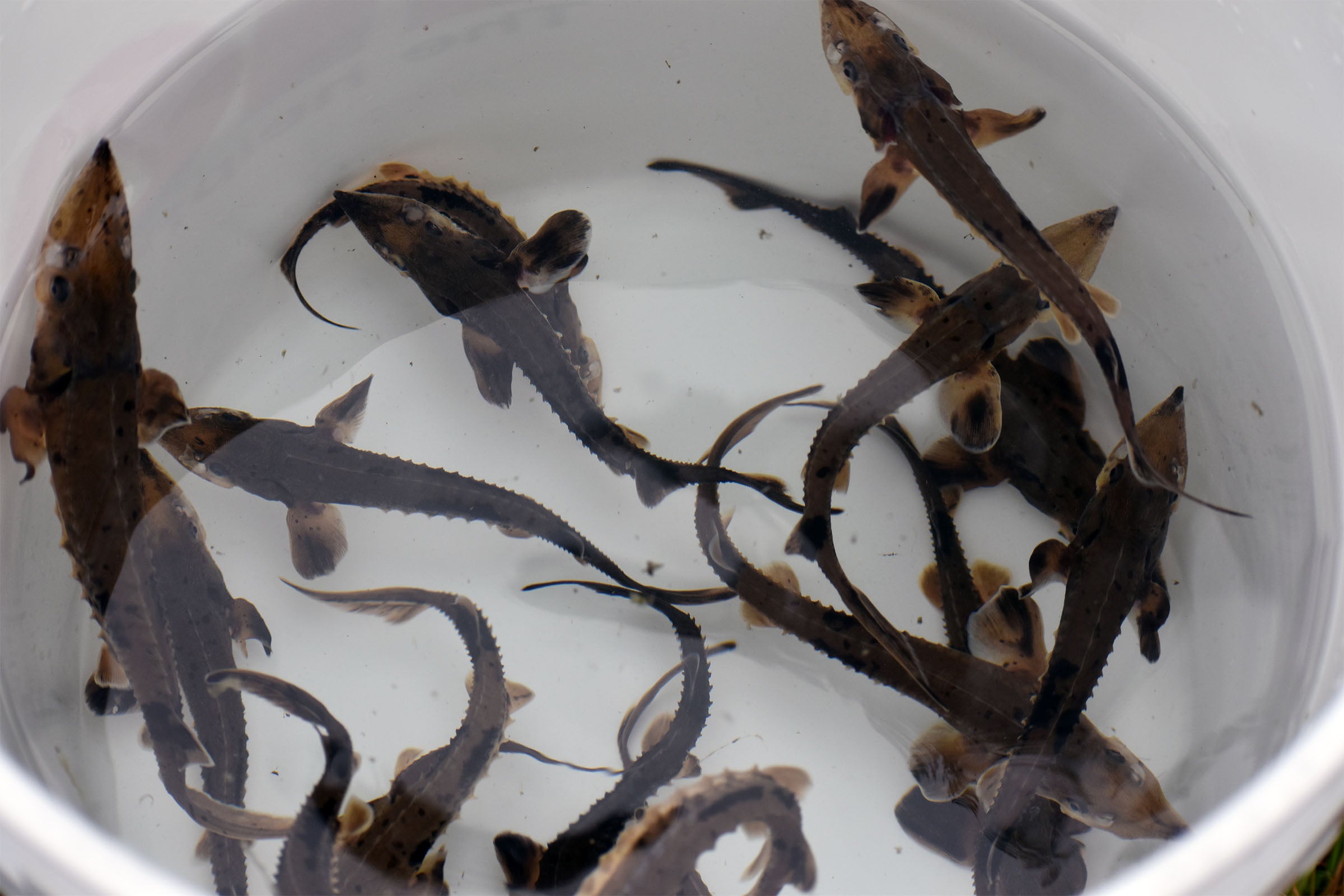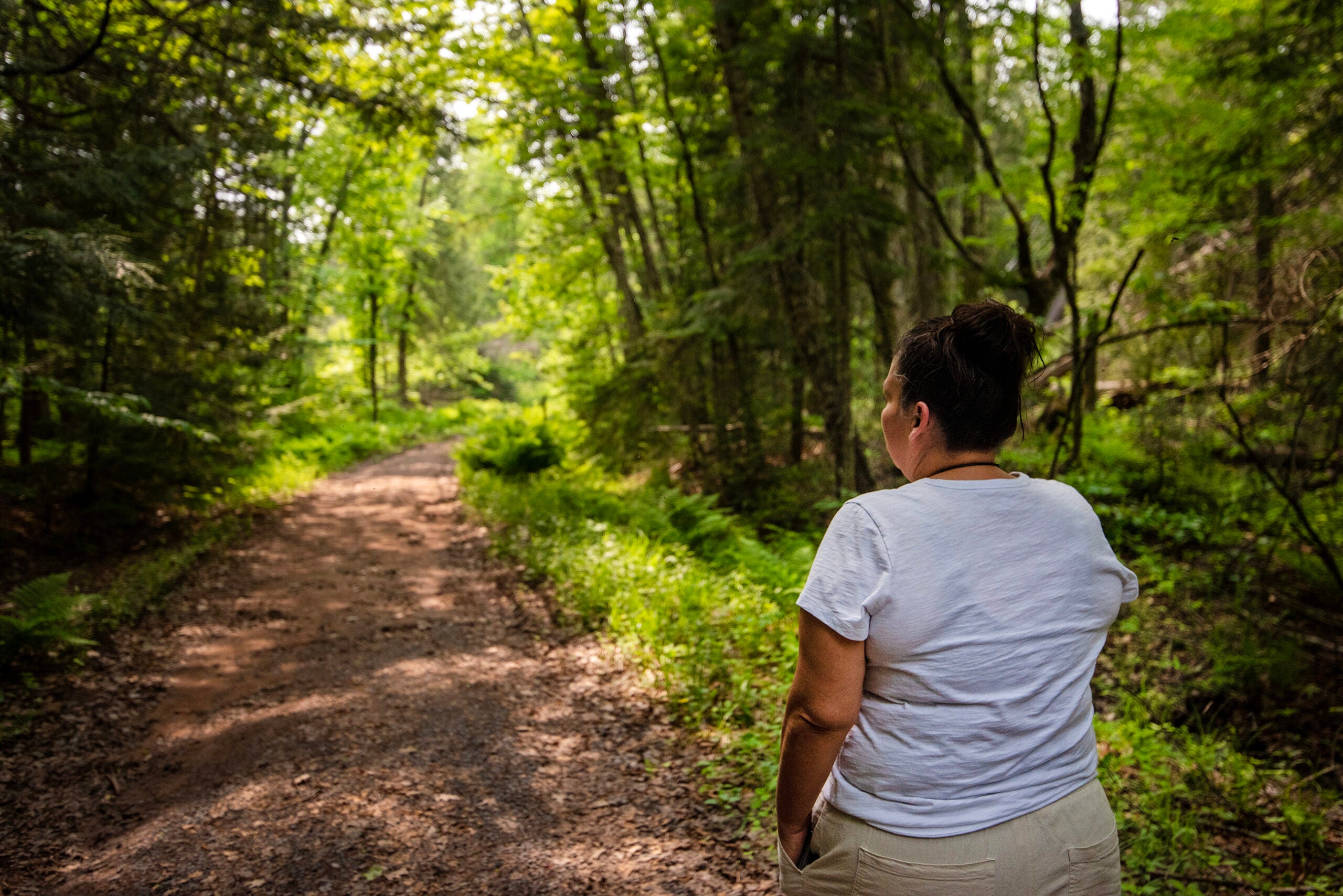New research shows tribal forests in northern Wisconsin have older trees, and better plant diversity and tree regeneration than surrounding state or national forests. Researchers with Dartmouth College and the University of Wisconsin-Madison published their findings in a recent issue of the journal Ecology and Society.
Study authors examined forests on four Indian reservations in northern Wisconsin, including the Menominee, Bad River, Lac du Flambeau and Lac Courte Oreilles reservations. Tribal forests retained essentially all of their plant diversity from 50 years ago, said Don Waller, study author and professor of botany and environmental studies at UW-Madison. He said many of the differences between tribal and off-reservation lands seem to be linked to an overabundance of whitetail deer.
“The deer seem to be curtailing tree regeneration. They’ve decimated the understory, cover and diversity in many areas, including those state parks that banned hunting for many years,” said Waller. “On the Indian reservations, we have lower deer densities and a different approach to managing both forests and wildlife.”
News with a little more humanity
WPR’s “Wisconsin Today” newsletter keeps you connected to the state you love without feeling overwhelmed. No paywall. No agenda. No corporate filter.
According to the study, tribal forests hosted 25 to 50 percent fewer deer per acre. One reason for the lower density of deer on reservations is that tribes and their members tend to harvest deer at higher rates, said Jonathan Gilbert, director of the Biological Services Division with the Great Lakes Indian Fish and Wildlife Commission.
“It’s their cultural regulations that permit this. Tribal members are out harvesting deer for food primarily,” said Gilbert. “They want to be able to do that during a broad range of times so not only during nine days in November.”
In addition, tribes have looked to diversify forest cover in order to ward off potential ecological or economic challenges, according to Marshall Pecore, forest manager for Menominee Tribal Enterprises.
“I think they’re able to withstand a lot of these big unpredictable future changes like climate change and the like,” said Pecore.
He said more diversity within the forest gives the tribe more flexibility in facing those challenges over the long-term.
Waller said their research suggests forests may benefit from changes to deer or forestry management.
“We can learn that if we harvest deer in a different way and if we harvest forests in a different way, we can better retain plant diversity. We can ensure higher tree regeneration,” said Waller. “We can store and sequester more carbon and biomass in our forests, addressing some of the greenhouse gas problem that we face.”
The study is good information that may help guide future management decisions, said Brad Hutnik, silviculturist for the Division of Forestry at the Wisconsin Department of Natural Resources.
“We’re always looking for long-term studies that are looking for trends within the landscape that can inform our management,” said Hutnik.
He added state foresters are trying to provide county deer advisory councils with better information to help guide deer management recommendations.
“When we work with citizen deer advisory committees now through forestry, we’re actually working on a process to get them better information about forest regeneration at a county level,” said Hutnik. “Just like the tribes are looking at this, we can also use very good information at a local scale to help them make recommendations about management within a county.”
In a statement, Chequamegon-Nicolet National Forest Supervisor Paul Strong said the research provides more insight into land management, as well as the policies, people and natural processes that play a role.
“Many factors are affecting the ability of forests to sustain the social, economic, and ecological values they can provide,” wrote Strong. “These kinds of studies help shape future evaluations and decisions.”
Wisconsin Public Radio, © Copyright 2026, Board of Regents of the University of Wisconsin System and Wisconsin Educational Communications Board.
